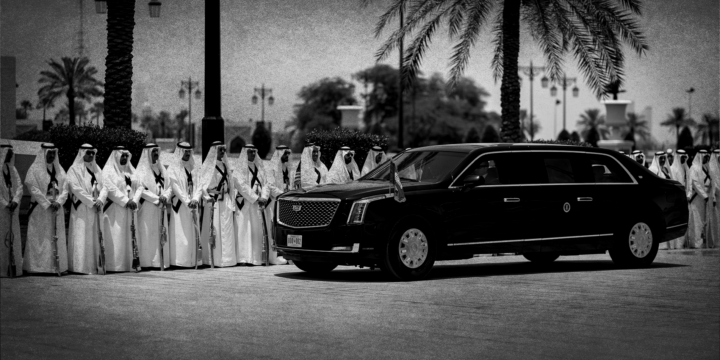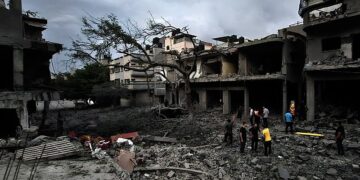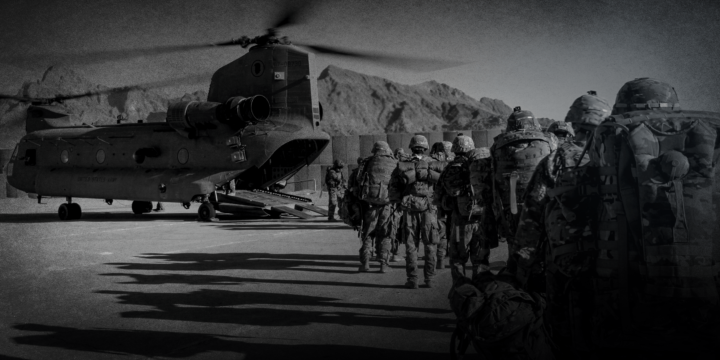
At face value, it’s clear what President Donald Trump wants to accomplish via U.S. negotiations with Iran. “I want Iran to be a wonderful, great, happy country,” he told reporters on April 12. That was one day before his diplomatic envoy, Steve Witkoff, flew to Oman for the first round of talks. Trump then added, “But they can’t have a nuclear weapon.”
The problem is that even if the president is blunt about his goals, his administration is still divided about how to proceed. Indeed, it appears that Trump’s team disagrees over how a new Iranian nuclear deal should be structured, what concessions the U.S. is prepared to give up, and how far Tehran will be expected to clamp down on its nuclear activity. This is a problem because while debate about various options is an integral part of the policymaking process, the debate should also be settled before Washington begins talking to the other side. Instead, the White House is negotiating with Iran while at the same time negotiating with itself.
More on Middle East

Featuring William Walldorf
December 11, 2025

By Benjamin Friedman and Rosemary Kelanic
December 5, 2025
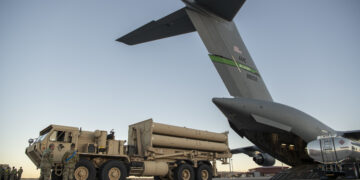
By Geoff LaMear
December 5, 2025
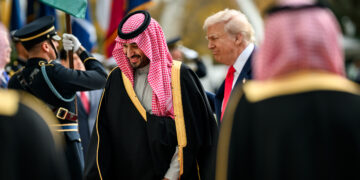
November 19, 2025
Events on Iran
